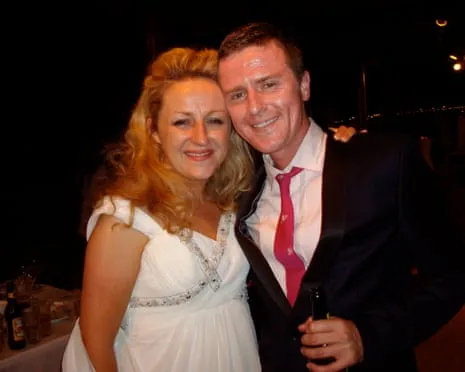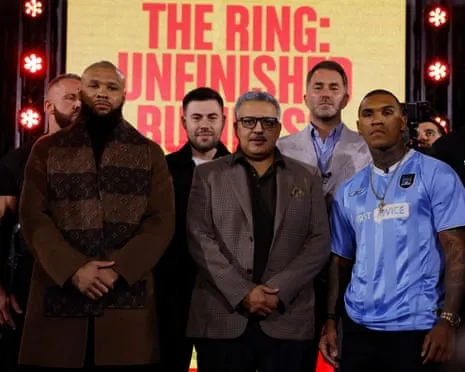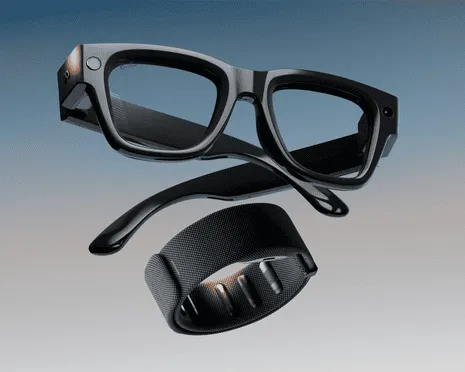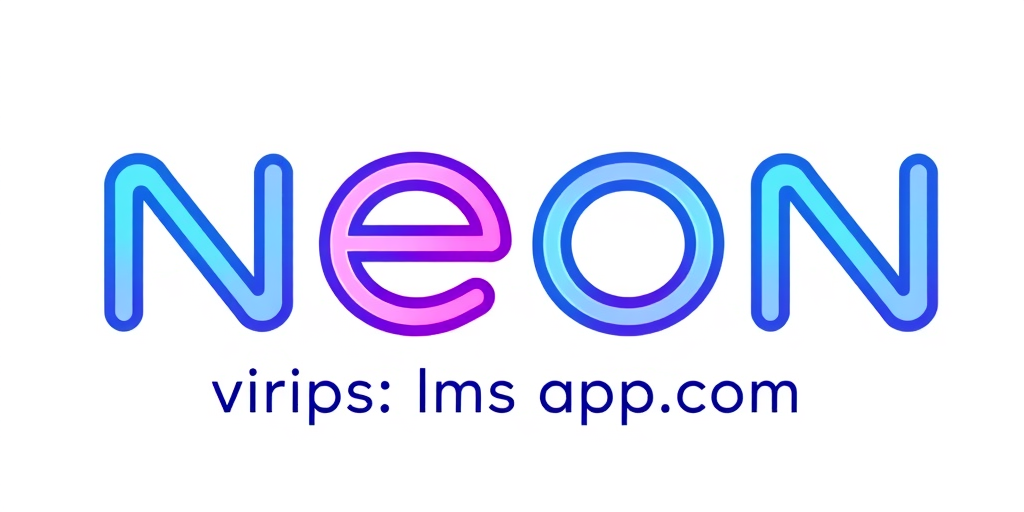
News
What Specifically Would Jimmy Kimmel Say Regarding Charlie Kirk’s Death?

Stephen Martinez
18 Sep 2025

News
‘It Felt Like a Nightmare – But I Never Escaped’: What It’s Like Losing Your Best Friend.
By Stephen Martinez
18 Sep 2025
 News
News
Australia Announces Higher Greenhouse Gas Reductions by 2035
By Stephen Martinez
18 Sep 2025
 News
News
The nation Bracing for Major Strike Action During Worsening Political Crisis
By Stephen Martinez
18 Sep 2025
Today's Top Highlights
Discover our latest stories and insights from around the world
 News
News
 News
News
Families of Air India accident victims sue aircraft companies Boeing and Honeywell
 By Stephen Martinez
•
18 Sep 2025
By Stephen Martinez
•
18 Sep 2025
 News
News
Meta Presents Sophisticated Intelligent Connected Glasses
 By Stephen Martinez
•
18 Sep 2025
By Stephen Martinez
•
18 Sep 2025
 News
News
Former Media Personality Alan Jones Enters Not Guilty to 27 Charges
 By Stephen Martinez
•
18 Sep 2025
By Stephen Martinez
•
18 Sep 2025
 News
News
China's Monastic Commerce Facing Examination as Controversies Shake Prominent Spiritual Figures
 By Stephen Martinez
•
18 Sep 2025
By Stephen Martinez
•
18 Sep 2025
 News
News
EU-Backed Weapons Deliveries Begin Under Prioritised Ukraine Requirements List Scheme
 By Stephen Martinez
•
18 Sep 2025
By Stephen Martinez
•
18 Sep 2025
 News
News
Matchroom chairman Hearn Warns of Lawsuits Against Chris Eubank Jr Following ‘Sabotage’ Allegations
 By Stephen Martinez
•
18 Sep 2025
By Stephen Martinez
•
18 Sep 2025
 News
News
Australia's Media Outlet Barred from President Trump's UK Press Conference Following Reporter Clash
 By Stephen Martinez
•
18 Sep 2025
By Stephen Martinez
•
18 Sep 2025
 News
News
Israel Warns of National Film Awards Following Palestinian Story Wins Best Picture
 By Stephen Martinez
•
18 Sep 2025
By Stephen Martinez
•
18 Sep 2025
 News
News
The nation counts the expense of ‘nightmare’ forest fire period
 By Stephen Martinez
•
18 Sep 2025
By Stephen Martinez
•
18 Sep 2025
 News
News
Muzzling Audiences Live: Removal of Jimmy Kimmel Broadcast Ignites Fury and First Amendment Alarms
 By Stephen Martinez
•
18 Sep 2025
By Stephen Martinez
•
18 Sep 2025
 News
News
The Royal Family Present Grand Welcome Amid Protests; Kimmel Pulled From Air Due To Kirk Comments
 By Stephen Martinez
•
18 Sep 2025
By Stephen Martinez
•
18 Sep 2025
September 2025 Blog Roll
August 2025 Blog Roll
July 2025 Blog Roll
June 2025 Blog Roll
Popular Posts
Sponsored News
 News
News
The Tech Giant Launches First-Ever Smart Eyewear Frames with Integrated Augmented Reality Screen
 By Stephen Martinez
•
18 Sep 2025
By Stephen Martinez
•
18 Sep 2025
 News
News
Fighting a Uncommon Brain-Destroying Infection in an Indian Province
 By Stephen Martinez
•
18 Sep 2025
By Stephen Martinez
•
18 Sep 2025
 News
News
Venezuela Initiates Days of Armed Forces and Cyber Defense Drills After US Strikes on Suspected Drug Vessels
 By Stephen Martinez
•
18 Sep 2025
By Stephen Martinez
•
18 Sep 2025
 News
News
The Beloved Series Concludes with Big Screen Final Chapter
 By Stephen Martinez
•
18 Sep 2025
By Stephen Martinez
•
18 Sep 2025
 News
News
Will the American Interest Rate Reduction Boost the Real Estate Sector?
 By Stephen Martinez
•
18 Sep 2025
By Stephen Martinez
•
18 Sep 2025
 News
News
Standing with Palestine: Celebrity-Filled Concert Brings Neneh Cherry and Others for Palestinian Cause
 By Stephen Martinez
•
18 Sep 2025
By Stephen Martinez
•
18 Sep 2025
